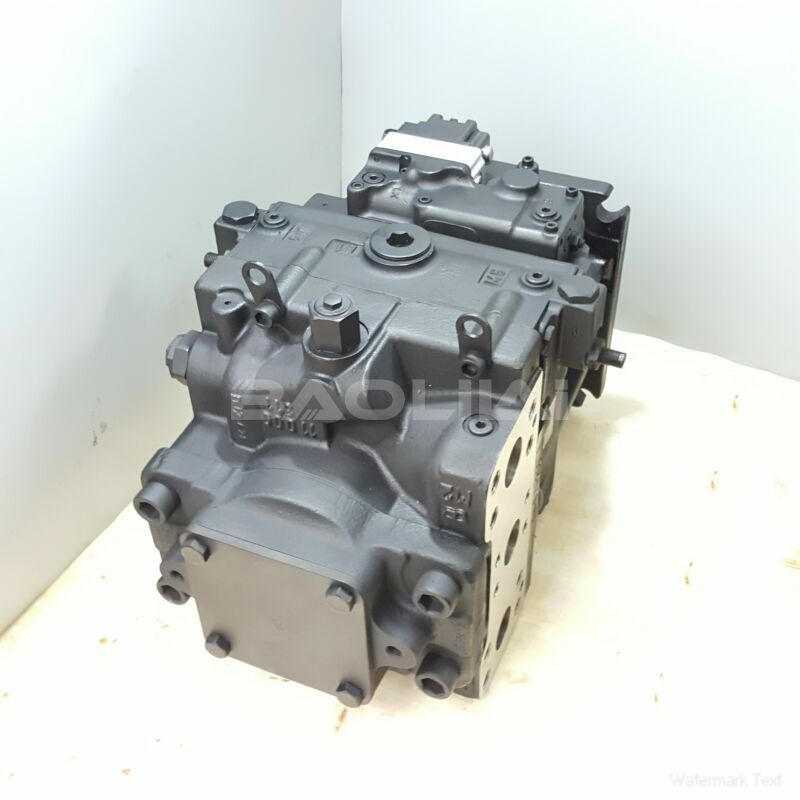90L250HF1NN80T4C8J03NNN172620F045 danfoss pump
90L250HF1NN80T4C8J03NNN172620F045 danfoss pump

- Product Details
- Applicable Scene
The intersection of technology and art has given rise to innovative forms of expression, where functionality meets creativity. One such fascinating amalgamation can be observed in the use of hydraulic oil pumps in art installations and interactive displays. These mechanical devices, typically associated with industrial applications, have found new life as tools for artistic expression, engaging audiences in unique and memorable ways.
90L250-HF-1-NN-80-T-4-C8-J-03-NNN-17-26-20-F045
90L250HF1NN80T4C8J03NNN172620F045
Hydraulic oil pumps operate on principles of fluid mechanics to create movement and force, allowing artists to manipulate materials in ways that would be impossible through manual means alone. By integrating these pumps into their works, artists can create dynamic installations that respond to viewer interaction, environmental changes, or even pre-programmed sequences. This creates a compelling dialogue between the artwork and its audience, transforming passive viewers into active participants.

83048856
One of the primary advantages of hydraulic systems in art is their ability to produce powerful and controlled movements. For instance, an installation might feature a series of sculptures that rise, fall, or rotate in response to human touch or the presence of sensors. This interaction not only captivates viewers but also allows them to engage with the art on a personal level, fostering a deeper appreciation for the craftsmanship involved. The sensory experience of watching fluid motion can be both mesmerizing and thought-provoking, often leading to reflections on themes such as technology, nature, and human interaction.
In addition to movement, hydraulic systems can enable artists to explore new materials and forms. The ability to exert significant force means that heavier or more complex materials can be utilized within an installation. This expands the creative possibilities, allowing artists to build larger, more intricate pieces that challenge traditional notions of stability and structure. For example, a large-scale installation might incorporate hydraulics to create a fleeting shape or moment that exists for only a brief instance, engaging viewers in a contemplative experience of ephemerality.





